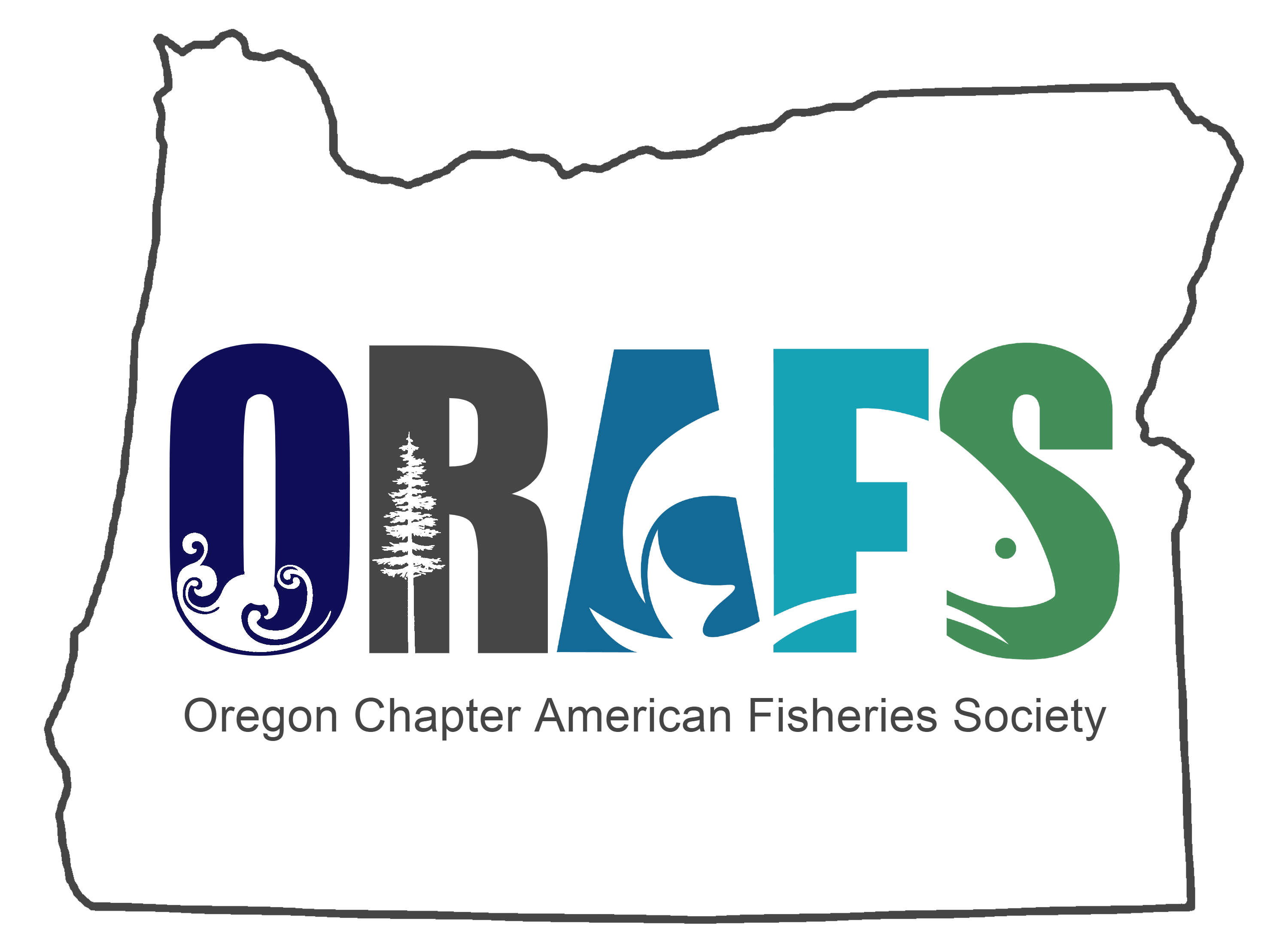17 November 1997
Mr. Steve Stevens, Environmental Resources Branch
District Engineeer
U.S. Army Corps of Engineer District, Portland
Attn: CENWP-PE-E
P.O. Box 2946
Portland, OR 97208-2946
Re: “Draft Environmental Assessment, Spillway/Embankment Removel for Fish Passage, Elk Creek Project, Jackson County, Oregon”, released 17 October 1997 as CENWP-PE-E-97-07
Dear Mr. Stevens:
The Oregon Chapter of the American Fisheries Society (ORAFS) has reviewed the above referenced document per your request. The ORAFS is a volunteer group of professional scientists and resource experts representing individuals from state and federal agencies, tribes, private consulting, and academia. Our goal is to promote the application of sound science in the management of the state’s fisheries and aquatic resources. To that end, we appreciate the opportunity to review the draft Environmental Assessment (EA). Our review is limited to the information included in the EA, and we did not visit the project site.
The action proposed by the U.S. Army Corps of Engineers (Corps) is to “…remove a portion of the roller compacted concrete dam and spillway structure and realign the Elk Creek channel to its original alignment and gradient for the purpose of restoring fish passage through the project.” This “partial dam removal” appears to be a substantial step toward achieving “natural” fish passage conditions at this site, and we commend the Corps for considering a major dam modification and/or removal to this end.
Although removal of dams can have a substantial potential for long-term fish passage and production benefits, they also have the potential for short-term and long-term negative impacts to aquatic resources. Negative impacts could be caused by: in-river demolition, excavation, and grading; release of stored sediments into downstream reaches; changes in other water quality parameters (e.g. temperature, dissolved oxygen, turbidity) during
drawdown of impoundments; and the condition of the “restored” river channel during initial and “equilibrium” (e.g. after floods have reworked the project site) conditions.
Despite the potential for significant effects, both positive and negative, there are few case-studies by which to judge these impacts. Consequently, we consider the removal of dams in the Northwest to be an experimental undertaking which must account for site-specific conditions (e.g. stored sediment, slope stability, channel condition) and the uncertain reaction of fish (both individuals and populations) to re-established access. To improve scientific understanding of dam removals and their impact on aquatic systems, we suggest that dam removals be accompanied by substantial efforts to describe the short-term and long-term effects on aquatic resources and fish passage.
Specific Comments:
The question that an EA must address is: Does the proposed action have the potential to have significant effects on the quality of the human environment? The draft EA does not include the information necessary for independent reviewers to answer that question. To improve the EA, we offer the following specific comments:
1) Expand the description of the configuration and operation of the existing dam and facilities, specifically: How high is the existing dam? How much water (surface area) is impounded behind it and at what times of the year? How much fine sediment and bedload are stored by the dam and subject to erosion or excavation upon dam removal? What is the length of river channel inundated by the impoundment? A more detailed figure that shows existing site conditions (e.g. a figure comparable to the one showing proposed future conditions) would be helpful. The enclosed aerial photograph of the project site is of little use without knowing the date it was made and if it accurately represents current conditions.
2) Describe (at least generally) the amount and type of fish habitat upstream of the dam-is it 1 mile or 100 miles? Is it low or high quality habitat and for which species, races, and lifestages of fish? Are there estimates or indications of the number of anadromous fish potentially or currently produced upstream from the dam (e.g. smolt production by species)? This would be especially useful information for coho salmon, which are federally listed as a threatened species in the project area.
3) Evaluate the alternative of removing the entire dam structure, rather than only a portion of the dam. Full and long-term restoration of natural conditions for fish passage would require restoration of natural channel-forming processes (e.g. scouring and aggregation of bedload). This would be best achieved by restoring the shape and gradient of the river
channel and also of the associated floodplain and valley walls. Retaining parts of the dam would likely affect channel-forming processes at the project site, possibly inhibiting long-term fish passage.
4) Include a committment to a detailed monitoring and reporting plan to describe the results of the action and whether or not the action achieved the intended goal and objectives in terms of restoring fish passage.
We hope these comments can be incorporated into the EA, and will be useful if and when the proposed action occurs. Please keep us on your distribution list, and let us know if you have questions regarding these comments.
Sincerely,
Hal Weeks, President for the Executive Commitee
